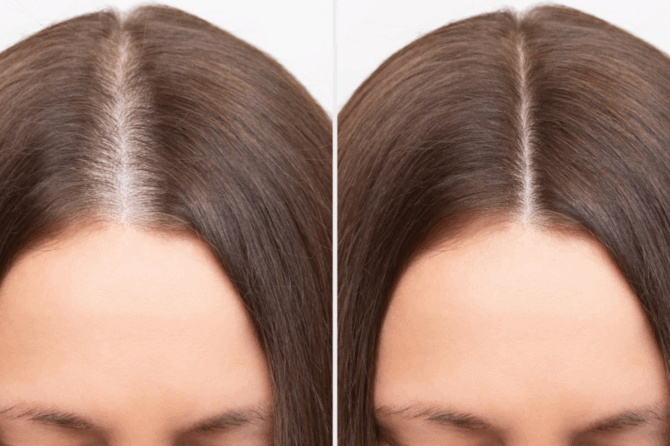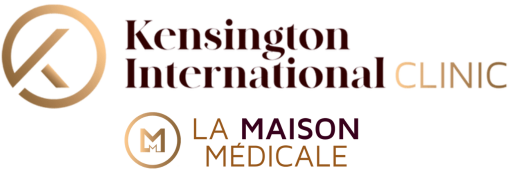
What are the modern solutions for hair loss?
Hair loss affects nearly one in two men and also touches an increasing proportion of women. This issue, often a source of stress and impact on self-confidence, has fortunately benefited from significant medical advances in recent years.
Today, several modern solutions can effectively treat alopecia or early balding.
Traditional hair loss treatments: Minoxidil and Finasteride
Two medications currently dominate the hair loss treatment market: Minoxidil and Finasteride, each working through a distinct mechanism.
Minoxidil: the best-known solution
Minoxidil, marketed as Regaine in the UK, works by dilating blood vessels in the scalp and stimulating blood circulation to hair follicles. Available in 2% solutions (women) and 5% (men) as well as foam formulations, it’s effective in 60 to 80% of cases for slowing hair loss.
This treatment is available without prescription in British pharmacies: you can simply ask the pharmacist for “Regaine” or “Minoxidil”. However, it requires rigorous daily application and its effects fade upon discontinuation. Side effects sometimes include skin irritation.
Finasteride: the other standard medical treatment
Finasteride, marketed as Propecia in the UK, blocks the 5-alpha-reductase enzyme, preventing testosterone conversion to dihydrotestosterone (DHT), the hormone responsible for male pattern baldness. It stops progression in over 80% of patients and promotes regrowth in 66% of cases.
Important note: unlike Minoxidil, Propecia requires a medical prescription in the UK. You’ll need to consult your GP or use an approved online consultation service. This oral treatment is only indicated for men and has potential side effects, notably decreased libido in less than 2% of patients.
Regenerative therapies: the rise of PRP, an innovative treatment
Platelet-Rich Plasma (PRP) treatment represents a revolution in hair loss management. This natural, non-invasive solution harnesses the regenerative properties of the patient’s own blood, suitable for all hair types and addressing both men and women.
The process relies on cutting-edge technology: after blood collection, the blood is centrifuged to concentrate platelets and growth factors. This enriched plasma is injected directly into the scalp using precise and virtually painless injection techniques.
Remarkable PRP efficacy
Recent studies demonstrate PRP’s effectiveness in treating androgenetic alopecia. A 2022 meta-analysis reveals that PRP increases hair density on average by 25.83% in men and 43.54% in women. Success rates range between 70 and 90%, with particularly promising results in younger patients.
Other research shows an average increase in hair follicle count (from 71 to 93 units), a 12% improvement in hair density, and a 12% increase in hair thickness.
PRP treatment protocol
The standard protocol includes 3 to 4 initial sessions spaced 4 to 6 weeks apart, followed by maintenance sessions once or twice yearly. Thanks to technological innovations, the procedure is now virtually painless, using state-of-the-art injectors that minimise discomfort.
Initial results are visible from the first session with improved hair quality. Hair loss reduction becomes noticeable after the second session, while effective regrowth manifests after the third session.
PRP’s major advantage lies in its autologous* nature: using the patient’s own blood eliminates any risk of allergic reaction. Side effects are limited to slight temporary redness.
*According to medical definition: “Refers to an organic substance or graft when the donor and recipient are the same individual.”
Towards a personalised and sustainable approach
PRP treatment particularly distinguishes itself through its ability to offer lasting results with a reduced maintenance protocol, unlike the daily applications required by traditional topical treatments.
Modern hair loss management has considerably evolved. While traditional treatments maintain their place, innovative regenerative approaches like PRP open promising new perspectives.
PRP positions itself as a particularly interesting solution, combining proven clinical efficacy, safety of use, and a natural approach. Its numerous advantages make it a treatment of choice for patients seeking a modern and lasting solution to their hair loss problem.
Leave a reply
Leave a reply